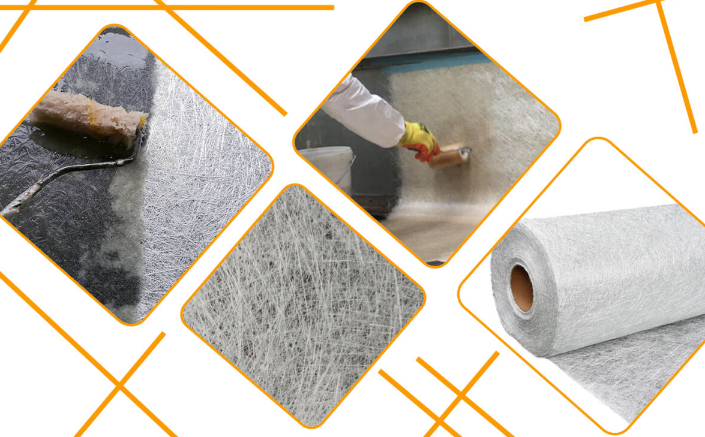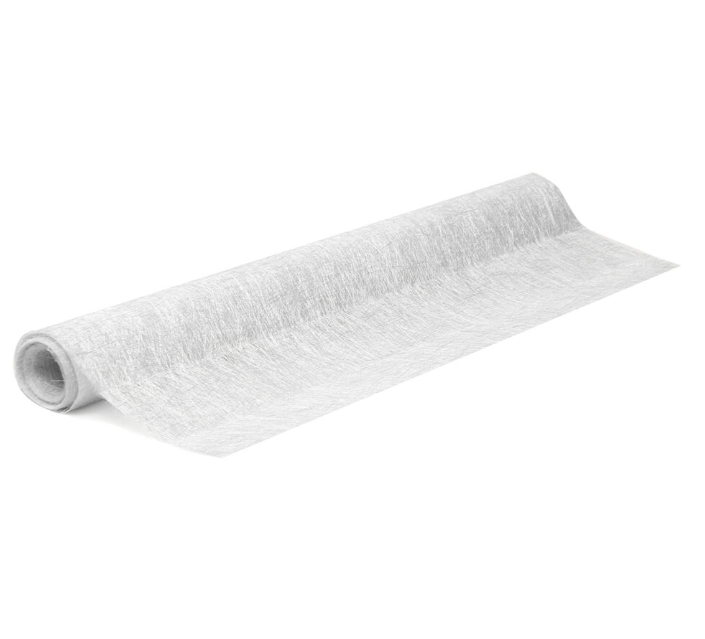Chopped strand mat (CSM) is a versatile and widely used reinforcement material in the composite manufacturing industry. Made from randomly oriented glass fibers held together by a binder, CSM is typically used in conjunction with resin to create strong, durable composite structures. Understanding when to use chopped strand mat is crucial for achieving the desired properties and performance in your composite projects. In this article, we will explore the key applications, benefits, and considerations for using chopped strand mat.
Applications of Chopped Strand Mat
Chopped strand mat is used in a variety of applications across different industries due to its versatility and ease of use. Here are some common applications:
Boat Building: CSM is extensively used in the marine industry for constructing boat hulls, decks, and other components. Its excellent conformability allows it to easily adapt to the complex shapes and curves often found in boat designs.
Automotive Industry: In the automotive sector, CSM is used to manufacture body panels, dashboards, and other structural parts. It provides a good balance of strength and flexibility, making it ideal for these applications.
Construction: CSM is used in building and construction projects for creating strong, lightweight components such as panels, roofing, and piping. Its ability to conform to various shapes makes it suitable for intricate designs.
Corrosion-Resistant Equipment: Industries that require corrosion-resistant materials, such as chemical processing plants and wastewater treatment facilities, use CSM to create tanks, pipes, and other equipment that can withstand harsh environments.
Recreational Products: Items such as surfboards, kayaks, and recreational vehicle (RV) components are often made using CSM due to its lightweight and durable properties.
Benefits of Using Chopped Strand Mat
Using chopped strand mat offers several benefits that make it a popular choice in composite manufacturing:
Conformability: The random orientation of fibers in CSM allows it to conform easily to complex shapes and curves, making it ideal for applications requiring intricate designs.
Ease of Use: CSM is easy to handle and lay up, which simplifies the manufacturing process. It can be easily cut to size and applied to molds or surfaces.
Cost-Effective: CSM is generally more affordable compared to other types of reinforcement materials, making it a cost-effective option for many projects.
Versatility: CSM can be used with various resin systems, including polyester, vinyl ester, and epoxy resins, providing versatility in composite manufacturing.
Good Mechanical Properties: When used with the appropriate resin, CSM provides good strength, stiffness, and impact resistance, contributing to the overall performance of the composite structure.
Considerations for Using Chopped Strand Mat
While CSM offers many benefits, there are some considerations to keep in mind when using it:
Resin Compatibility: Ensure that the CSM you are using is compatible with the resin system you plan to use. Different resins may require different types of CSM for optimal performance.
Layering: For applications requiring high strength and stiffness, multiple layers of CSM may be needed. Proper layering and impregnation with resin are crucial to achieving the desired mechanical properties.
Surface Finish: CSM can result in a rough surface finish due to the random orientation of fibers. If a smooth finish is required, a surface veil or additional finishing steps may be necessary.
Moisture Absorption: CSM can absorb moisture if not properly stored or handled, which can affect its performance. Store CSM in a dry environment and ensure it is dry before use.
Health and Safety: When working with CSM, it is important to take appropriate health and safety precautions. The fibers can be irritating to the skin, eyes, and respiratory system. Use protective gear, such as gloves, safety glasses, and masks, to minimize exposure.
Questions and Answers
Q: Can chopped strand mat be used with epoxy resin?
A: Yes, chopped strand mat can be used with epoxy resin. However, it is important to ensure that the binder in the CSM is compatible with epoxy, as some binders may not dissolve properly in epoxy resin.
Q: How many layers of CSM are typically needed for a strong composite structure?
A: The number of layers needed depends on the specific application and desired strength. For many applications, 2-4 layers of CSM are sufficient. For higher strength requirements, additional layers may be necessary.
Q: Can CSM be used for structural applications?
A: Yes, CSM can be used for structural applications. It is often used in combination with other reinforcement materials, such as woven roving or biaxial fabric, to enhance the mechanical properties of the composite structure.
In conclusion, chopped strand mat is a versatile and cost-effective reinforcement material used in a wide range of composite applications. Its ease of use, conformability, and good mechanical properties make it a popular choice in industries such as marine, automotive, construction, and recreational products. By understanding the benefits and considerations of using CSM, you can effectively incorporate it into your composite manufacturing projects to achieve strong, durable, and high-quality results.
Have a question about fiberglass chopped strand mats? Just shoot us an email at sale@huilifiberglass.com and we’ll be happy to help. or fill out the contact form on our website, https://www.huilifiberglass.com.




